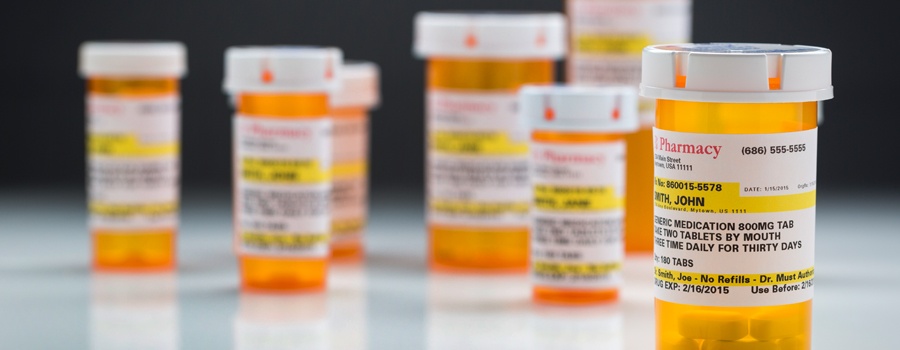Tag: assist
-

Opioid Use Decreased in Medicare Part D While MAT Increased
The nation has been grappling with an opioid crisis for years. In 2017 alone, there were 47,600 opioid-related overdose deaths in the United States. It continues to be a public health emergency. U.S. Department of Health & Human Services Office of the Inspector General has been tracking opioid use in Medicare during this crisis, particularly…